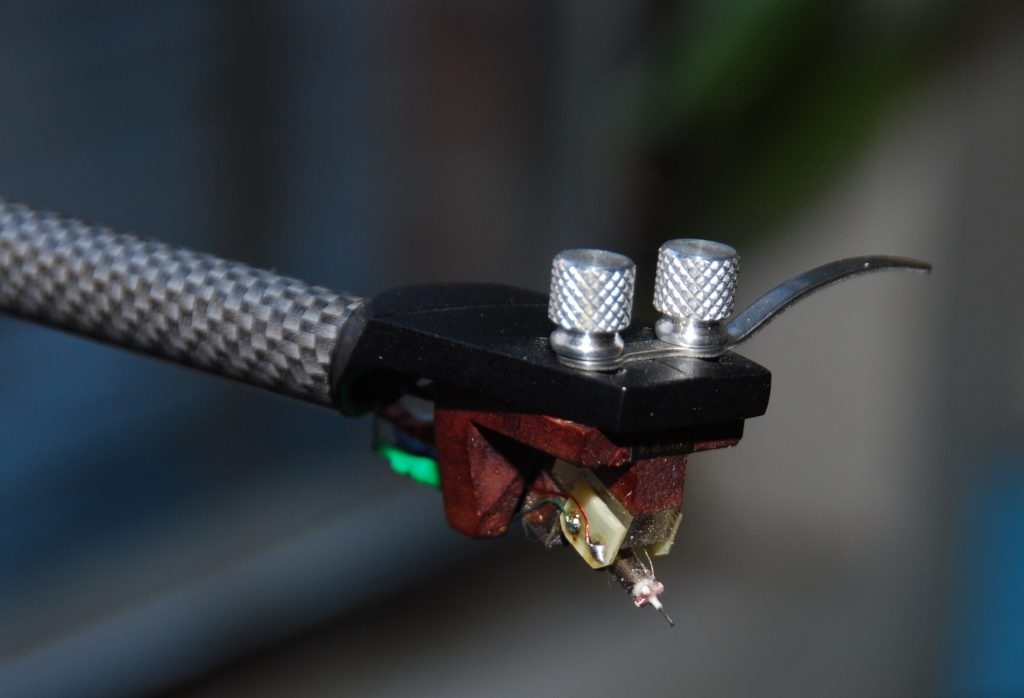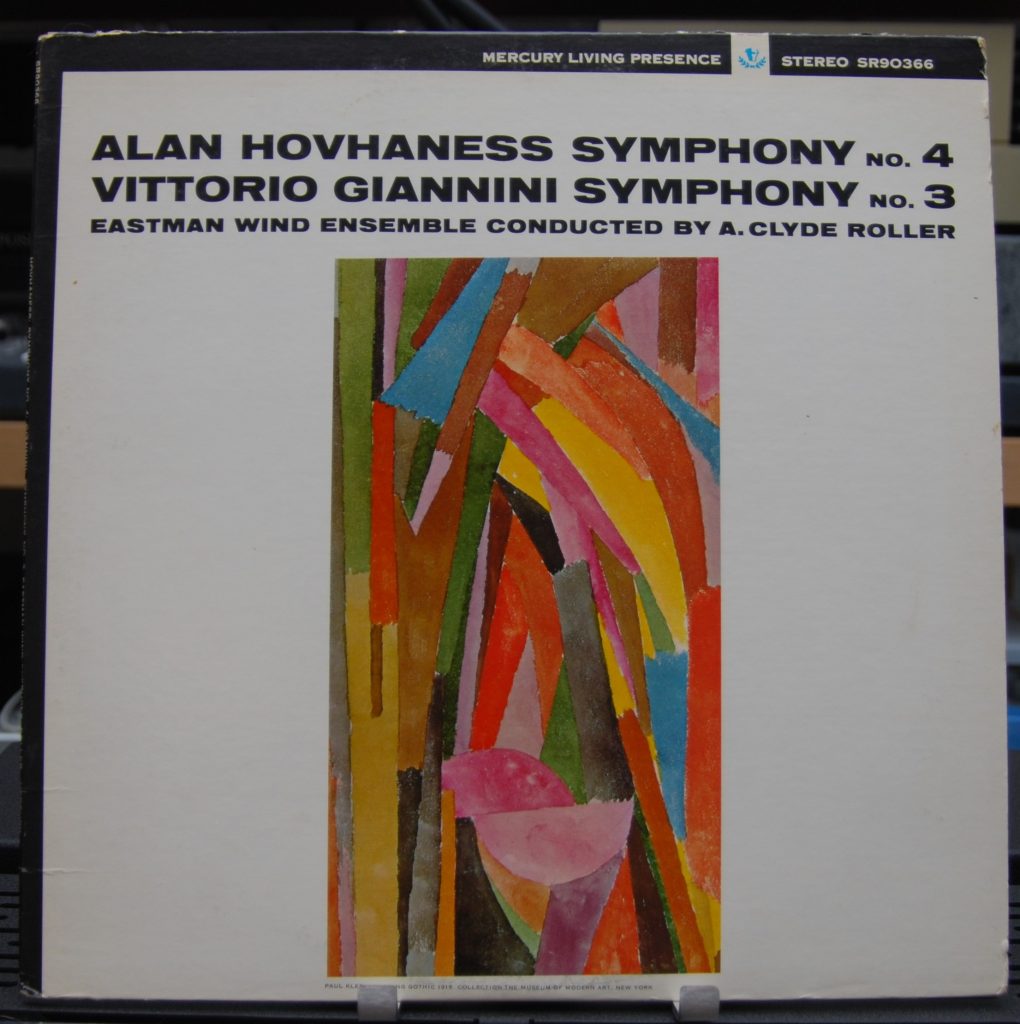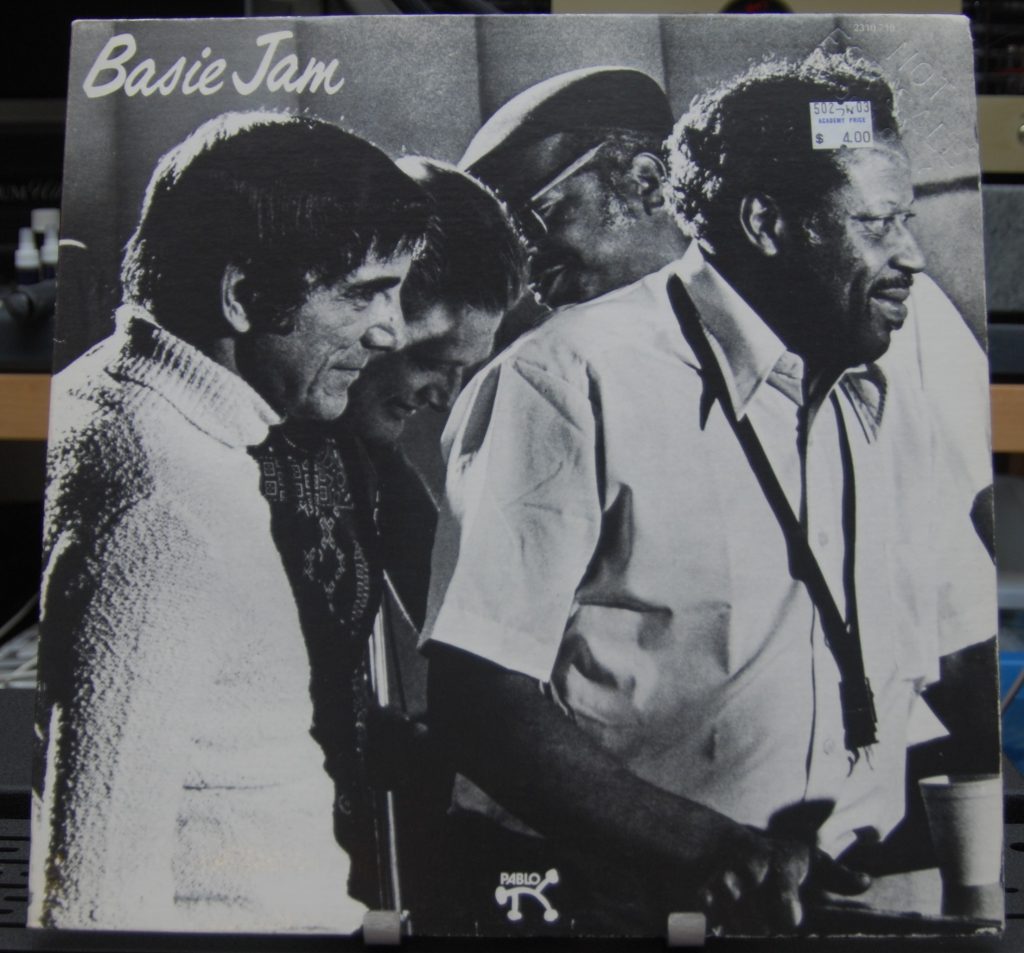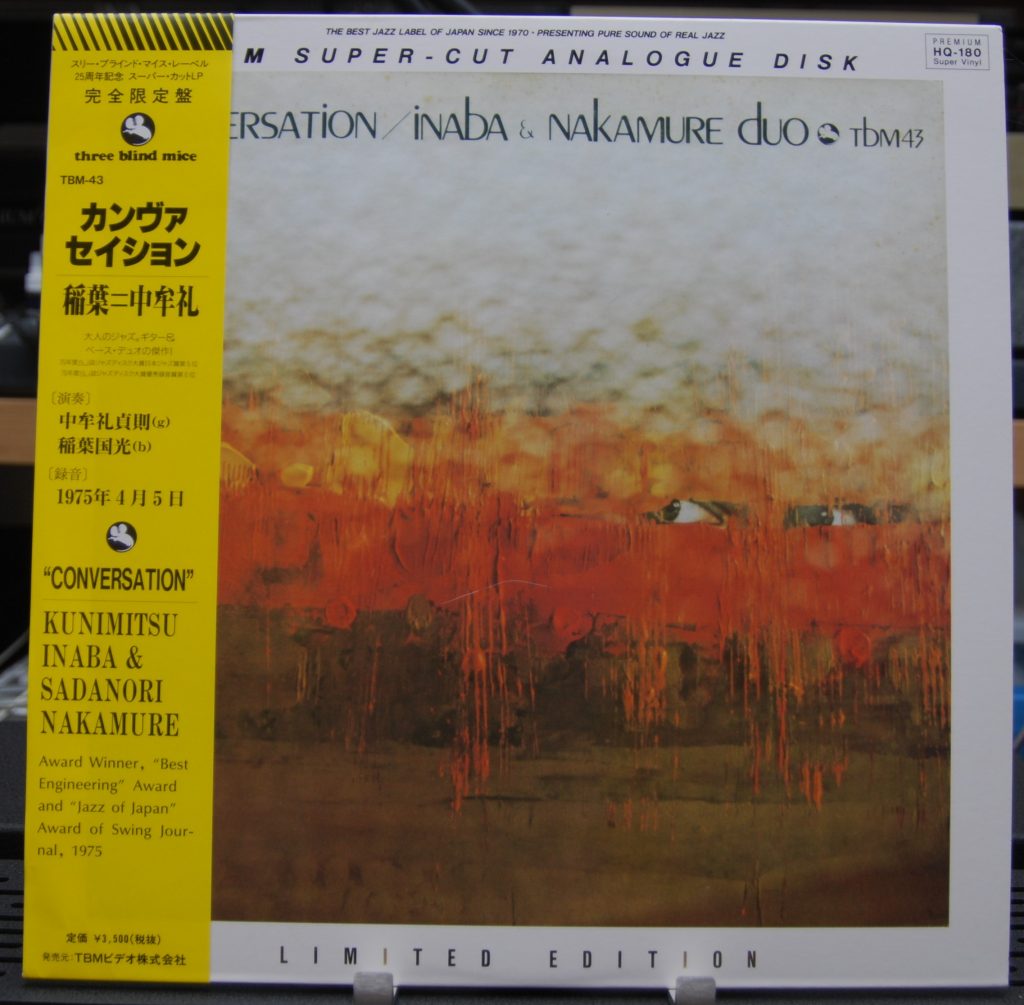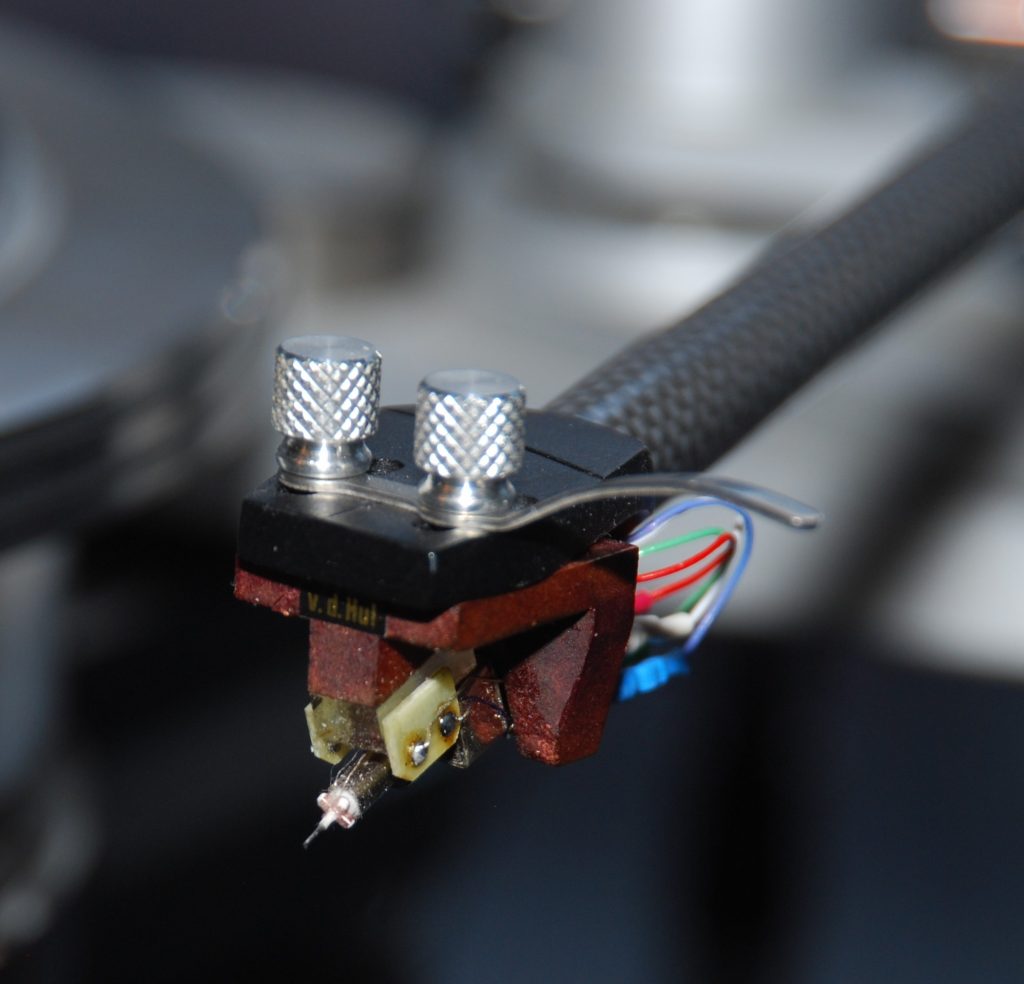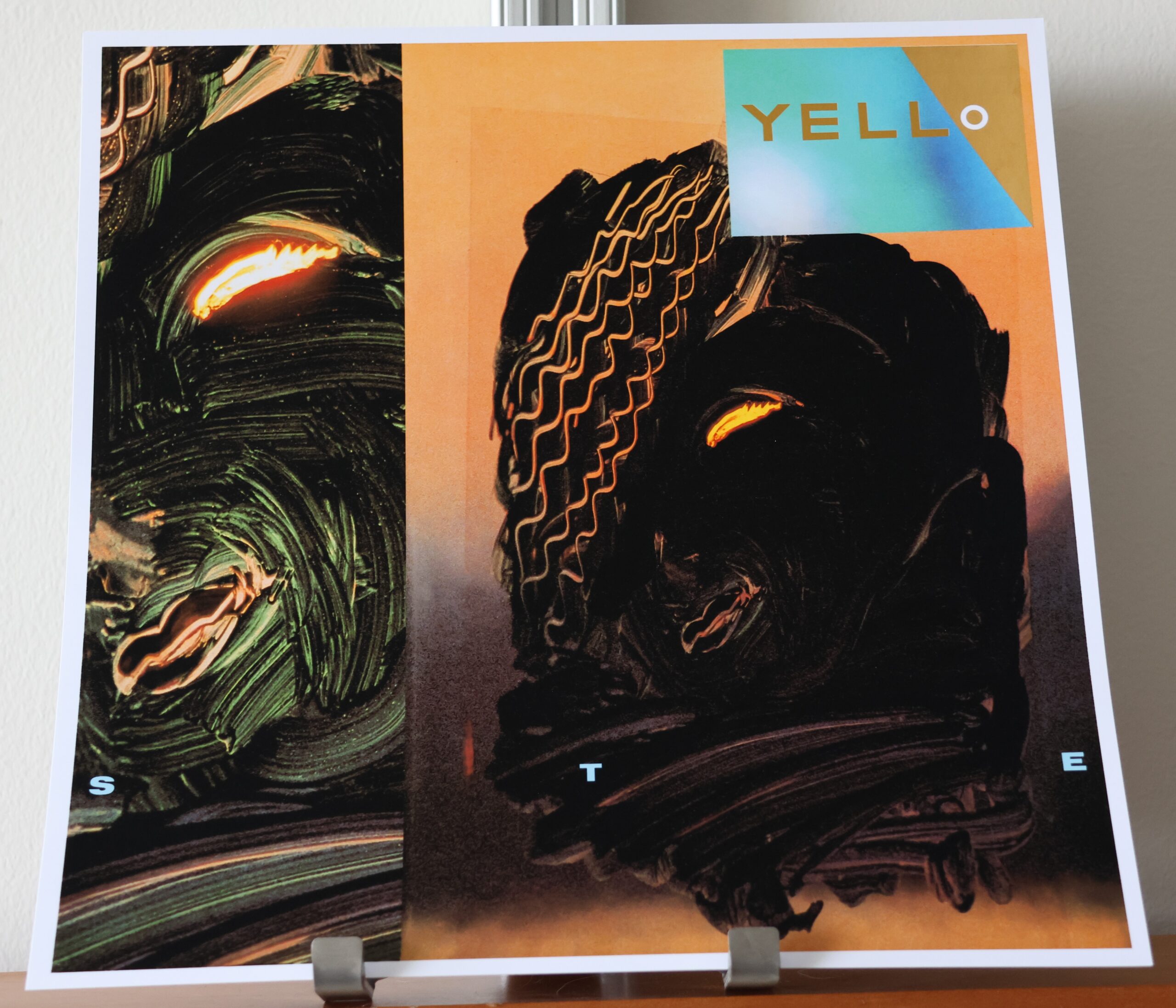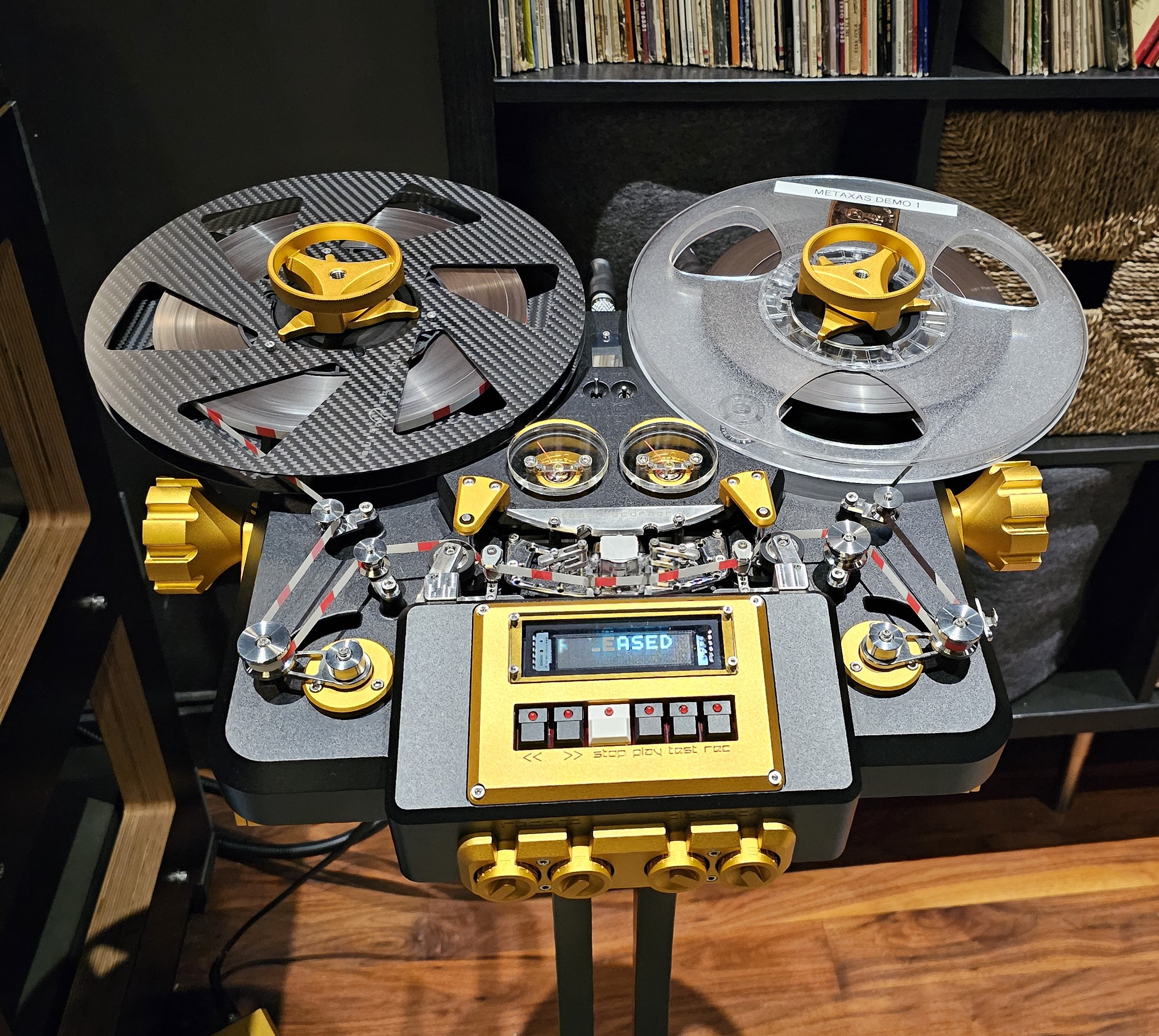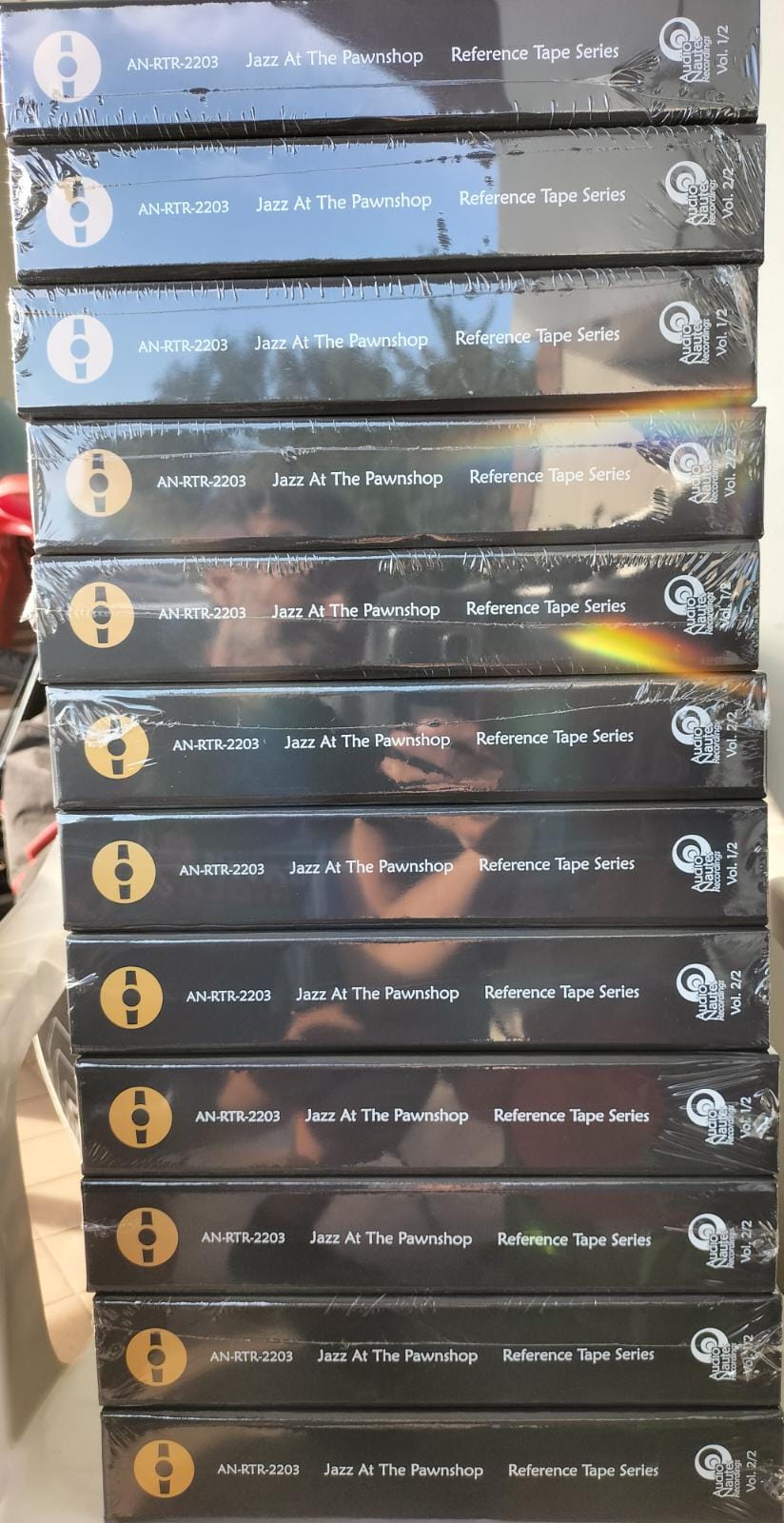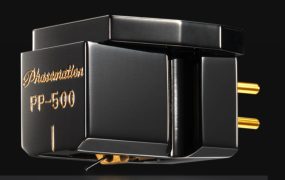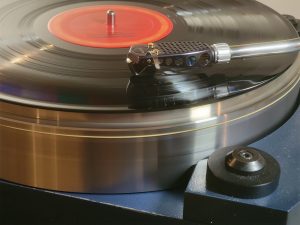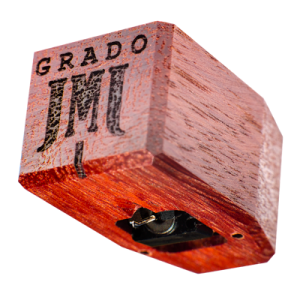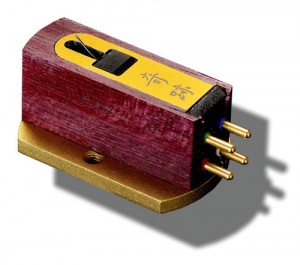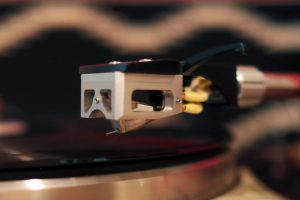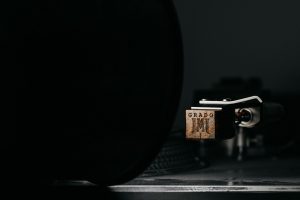What differentiates state-of-the-art cartridges from the rest of the pack? Simple. State-of-the-art cartridges (or for that matter any audio component) establish performance benchmarks for other cartridges to meet. Take for the sake of argument assessing a cartridge's performance on a scale of one to ten using criteria such as dynamics, soundstaging, timbre, linearity, transient attack, resolution, texture, low level resolution, dimensionality, frequency extension, etc. A state-of-the-art cartridge should score sevens or eights across the board with one or two nines thrown in for good measure. (Yes, I'm a tough judge, but one lesson that HP taught the best reviewers—not unlike ice skating or gymnastic judges—is to leave yourself wiggle room!) Essentially no weak points and a couple of groundbreaking areas. The bulk of the scores for next tier of cartridges might be fives and sixes with an occasional seven or four. Translation. An even sounding cartridge that gives a very good taste of what the top cartridges do. Cartridges further down on the list may display very definable shortcomings in one or two areas and rack up scores of four and fives. These cartridges would fall into the category of great bangs for the buck.
Alas poor Myles. If only choosing a cartridge were that easy! Reductionism, unfortunately, comes replete with its own set of issues, including accounting for unpredictable synergies. Factors such as the cartridge's interaction with the tonearm's headshell (and overall mechanical impedance path), how the transducer interfaces within the context of the system, the cartridge's voicing, and last but not least, taste, all affect the final outcome.
Establishing Benchmarks
That brings us to cartridge maestro A.J. van den Hul's new, top-of-the-line, Colibri XGW Signature Stradivarius moving coil cartridge. Make no mistake. The newest van den Hul cartridge isn't a souped up Colibri cartridge with mag wheels. Nope. It's a completely new and redesigned transducer from the stylus up. Chief among the changes are a new, higher output magnet structure (without resorting to additional wire, windings, or mass) and type 1s stylus. While it's clear that A.J.'s new design is cut from the same sonic cloth as the previously reviewed Colibri XGW Stradivarius cartridge (HERE), the new Colibri XGW Signature Stradivarius takes what its sibling's hints at to new and sometimes dizzying heights. Now if only I'm as good at describing the sound of the Colibri XGW Signature Stradivarius as the Colibri XGW Signature Stradivarius is at recreating the sound of real music.
Speaking of benchmarks. What sets A.J. van den Hul's newest effort apart from his earlier Colibri designs and for that matter other cartridges? Easy. It's the Colibri XGW Signature Stradivarius' unique ability when paired with either the Doshi Audio V3.0 (loaded at 180 to 200 ohms) phono stage or the newest Mark 2 version of the Thoress Phono Enhancer (loaded at 200 ohms) to paint each instrument's tonal palette with deft and ever-so-fine brush strokes. (It's interesting that both phono stages are very quiet J-FET/tube designs.) It presents each instrument's tonal color with uncanny precision. What A.J.'s new cartridge retrieves from the record grooves is well worth the price of admission. It's a respite for sore ears.
The Colibri XGW Signature Stradivarius clearly demonstrates why New York Times music critic Howard Taubman gave Robert Fine and Wilma Cozart's early '60s classical Mercury recordings the "Living Presence" byline. One of team Mercury's all-time finest efforts is the 50+ year old recording of A. Clyde Roller and the Eastman Wind Ensemble performing Alan Hovhaness's Symphony No. 4 (SR90366). The Colibri XGW Signature Stradivarius both draws the listener in and at the same time brings this recording to life. The word "kaleidoscope" consistently rears its head in my listening notes. There's a harmonic completeness and bloom to all instruments—be they brass, woodwinds, or percussion—punctuated by the spooky sounds and the oh-so natural tone of the contrabassoon and bass clarinet on opening movement, in an ever-so-difficult region of the frequency spectrum to properly reproduce. Here the Colibri XGW Signature Stradivarius—like what happens live—has the unique ability to pull out and separate solo instruments from the orchestra. That all comes wrapped in, especially with the new Thoress phono Enhancer; a simply unlimited and massive soundstage awash in the sense of space. Each of the piece's three movements is a sheer joy ride.
Count Basie Jam (Pablo 2310 718) with that All-Star lineup of Count Basie, Louie Bellson, Ray Brown, J.J. Johnson, Eddie Davis, Irving Ashby, Harry Edison, and Zoot Sims is another fantastic example of the Colibri XGW Signature Stradivarius' timbral faithfulness. Once again, the Colibri XGW Signature Stradivarius stunningly captures on this heavily minor blues album the structure of each instrument's overtones. Nor is the Colibri XGW Signature Stradivarius technicolored either; here the cartridge neatly captures the bite and energy of the sax or trumpet without breaking the brightness barrier. One of the most mouthwatering parts on this album is the interplay between Ashby on his hollow-bodied guitar and Johnson on trombone. This wouldn't be complete, either, without a comment about the fine detail and extension of Bellson's cymbal work.
The competition better also be on its "A" game when it comes to retrieving the subtlest information engraved into those record grooves. A.J.'s latest creation demonstrates beyond the shadow of a doubt there's plenty of low level information still hidden in those vinyl canyons. Tape print through. Instrumental fades and subtle reverb. Musicians singing along to the music. Take the Rudy van Gelder-engineered recording of Kenny Burrell's Midnight Blue (Music Matters Jazz MMBST-84123), for instance. Burrell's guitar fades at the end of songs now go on ad infinitum, and literally almost into the next track. Another example is the "Alter" cut from the Three Blind Mice reissue Now (TBM-2 180 gram), where the piano fades off to the left channel and goes on and on and on.
Direct-to-disc LPs are renowned for the amount of information in their grooves, and there's no finer example than Radames Gnattali's Latin flavored Sonata for Guitar and Cello in Three Movements from Laurindo Almeida Virtuoso Guitar (Crystal Clear CCS 8001). Mastered at 45 rpm, to boot! Detail and harmonic envelope, richness and delicacy and imaging and solidity all rolled up into one. The sound of this Crystal Clear direct-to-disc—specifically openness—has improved by leaps and bounds over the many years (it won't ever be, however, mistaken for the airiest album). And the Colibri XGW Signature Stradivarius takes the sound of this direct-to-disc recording—particularly resolution—to the next level. It's like Almeida, Seykora, and Flores are in the room, and another word—realism—keeps repeatedly appearing in my notes. The Colibri XGW Signature Stradivarius superbly captures the guitar and cello's three-dimensionality and body. The cello is warm and rich, and there's feeling of the bow grabbing the strings. But you haven't heard anything yet! The Colibri XGW Signature Stradivarius' ability to resolve the minutest details really comes to the fore when Chuck Flores plays the shaker and one can literally make out and feel every seed inside instrument.
Another recently discovered gem of a recording is Kunimitsu Inaba and Sadanori Nakamure's album Conversation (Three Blind Mice TBM-43, 180 gm reissue). This Colibri XGW Signature Stradivarius is so utterly transparent, precise, and harmonically smack on that many might, if blindfolded, mistake this album for a direct-to-disc LP. The Colibri has an uncanny ability—whether it's Nakamure on electric guitar or Inaba on standup bass—to resolve and unravel rhythmic changes on "Old Folks" or "Alone Together." Nakamure's guitar is brilliant; Inaba's standup bass is energetic and shudders in his hands. Both instruments are so dimensional and firmly locked in.
Nor does the Colibri Signature Stradivarius take a back seat to any other cartridge either when it comes to soundstaging and imaging. The cartridge's ability to recover and recreate the spaciousness of the original recording—especially with classical recordings from the Golden Age of Stereo—is at times simply jaw dropping. The Lyra Atlas, and its successor the Atlas SL, had until the arrival of Colibri XGW Signature Stradivarius been the king of soundstage mountain. But there's a new champion climber in town now. The Colibri XGW Signature Stradivarius displays a touch wider and noticeably deeper soundstage than Lyra's best. Take "Riders on the Storm" from The Doors LA Woman (Analogue Productions APP75011-45). The soundstage on the best engineered of the Door's 45 rpm reissues is simply massive and a virtual kaleidoscope of sound. Something is happening at all times! The Colibri XGW Signature Stradivarius not only superbly localizes the storm in the back of the soundstage, but the storm just never goes away. It's simply brilliant how the group integrated and wove the sound of the thunderstorm into "Riders on the Storm"! The richness of Manzarek's organ overtones is reminiscent in some ways of the SAT arm. The Colibri's tonal palette is absolutely addictive with a tube-like midrange quality here without the attendant colorations. So liquid and rich without being syrupy and thick.
Battle of the Behomeths
How does the van den Hul Colibri XGW Signature Stradivarius stack up against my current—and similarly priced—reference Lyra Atlas SL? It's déjà vu all over again, and simply impossible to ignore that extremely insightful question posed umpteen years ago by Harry Pearson. If (and paraphrased since my old TASs post-Issue 20 are in storage) a cartridge's "sound" is supposed to represent the sound of real music, then why do they all sound so different? Perhaps a little less so today than when HP penned this observation, but the Harry's observation still rings true today.
That said, the Lyra Atlas SL and Colibri XGW Signature Stradivarius are very different sounding cartridges, and each transducer brings a little different piece of the musical puzzle to the table. To start with, the Colibri (0.75 mV) and the Atlas SL (0.25 mV) have very different outputs, and that will undoubtedly factor into some decisions. One in fact might even be able to get away with pairing the Colibri XGW Signature Stradivarius with one of the few pure, all tube phonostages remaining on the market, and all that brings (particularly with regard to spatiality). Tonally, the Colibri lies ever so slightly to the yin side of neutral while the Atlas leans ever so slightly to the yang side of neutral; the Atlas a little "lighter" sounding and the Colibri XGW Signature Stradivarius a little darker sounding. The Atlas SL is the faster and slightly more nimble sounding of the two, but the Colibri XGW Signature Stradivarius is certainly no slouch. The Atlas SL gets a little more of the leading edge of the musical waveform and attack while the Colibri XGW Signature Stradivarius wins hands down when it comes capturing instrument's harmonic overtones. When it comes to soundstaging, the Atlas SL is a little closer sounding with slightly less soundstage width or depth relative to the new Colibri XGW Signature Stradivarius. Both cartridges present wonderfully palpable three-dimensional images, are quieter than a church mouse, very dynamic (compared to tape), and excellent trackers. The Colibri exhibits a shade more low level resolution while the Atlas definitely has it when it comes to low end solidity. Not that the Colibri XGW Signature Stradivarius is bad here by any stretch of the imagination, but it's the Atlas SL's oomph, control, solidity and tone particularly in the mid and upper bass region that give it the nod. It's a pick 'em when it comes to the top end.
It makes little sense, unfortunately, to compare the new Colibri XGW Signature Stradivarius to the previously reviewed Colibri Stradivarius XGW. To begin with, the latter moving coil cartridge was returned to the distributor quite a while ago. More importantly, there have been several significant changes to my reference system since the Colibri XGW Signature Stradivarius review, including the addition of connie-j's new ART300 amplifiers, Skogrand's Beethoven cables, VPI's dual pivot modification, and Thoress's Mk. 2 phonostage (to appear in an upcoming review). Still, there's more than a passing familial resemblance between the two cartridges, and strong consideration should be given to the Colibri XGW Stradivarius if the Signature proves out of financial reach. The new Colibri XGW Signature Stradivarius edition takes the strengths of the old Colibri—in particular the midrange, tonality, and resolution—and brings them to new levels.
Double the Pleasure, Double the Fun
I was, as if you couldn't tell, smitten with the sound of A.J. Van den Hul's newest moving coil cartridge. A.J.'s new Colibri XGW Signature Stradivarius is consistently musical sounding, and hands down one of today's finest cartridges. This cartridge legend's latest attack on the state-of-the-art throws down the gauntlet down for other cartridges to match (or surpass) when it comes to low level resolution, tonal palette and soundstaging. The cartridge tracked flawlessly at 1.5 grams in VPI's 3D dual pivot arm, and that was reflected in the cartridge's sense of ease and low distortion. In the end, it's an absolute dead heat between the Colibri XGW Signature Stradivarius (Reference 1) and Atlas SL (Reference 1a). Each cartridge brings a different set of strengths to the (turn) table, and the final decision will come down which musical qualities are important to the buyer, and how either cartridge's sound fits in within the context of their system.
Van den Hul Colibri XGW Signature Stradivarius Moving Coil Cartridge
Price: $11,995
US Distributor
Randy Forman, Finest Fidelity
Technical Highlights
For previous details about Colibri XGW Signature Stradivarius (HERE)
- Output voltage: 0.75 mV
- Recommended vertical tracking force: 1.35-1.5 g
- Recommended effective tonearm mass: 10-16 g
- Optimal loading: 50-600 ohms




